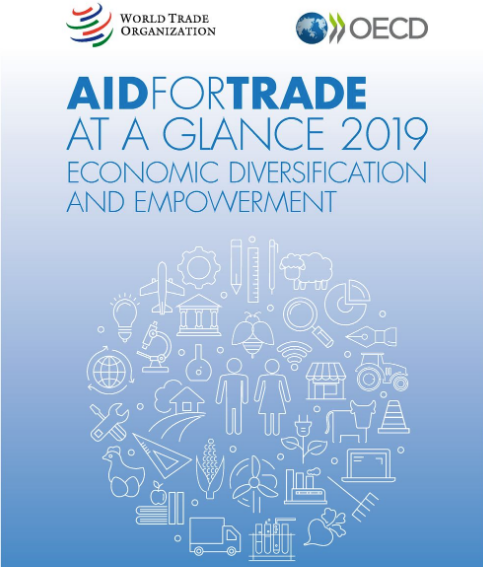The 2019 Aid for Trade at a Glance recently released by the OECD shows that economic diversification and empowerment are key objectives of the trade and development strategies and policies of the World Trade Organization – WTO Members and observers.
The report states that on the one side, economic empowerment of developing countries can be supported through aid programmes aimed at improving the way in which marginalized groups, including women and youth, participate in and benefit from international trade. On the other SMEs are encountering difficulties in scouting and attracting the skilled employees they need to be competitive and trade. Youth unemployment and SMEs competitiveness are two problems that go hand in hand and should be solved together. This means that one issue will inevitably impact the other one: improved skills and innovation promote SME competitiveness and export, while international competitive SMEs provide more and better jobs for young people.
Sustainable development also passes through women’s economic empowerment. Donors have been increasing their attention to the gender dimension in aid for trade. Activities have been implemented in terms of technical studies or project design that specifically focus on incorporating a gender dimension. Despite that by looking at the short-term, donor programmes are not properly addressing meaningful policy changes or sustainable women’s economic activities. Women’s empowerment should receive more attention especially in sectors such as transport, energy, banking and financial services as well as mining and industry. The report also suggests to develop concrete guidance on how to plan, monitor and evaluate donor activities in contributing to women’s economic empowerment through aid for trade.
The report concludes that the international community can offer concrete support in creating an enabling environment for trade integration of developing countries and highlights that to promote empowerment it is important for developing countries to create more opportunities for women and youth.
The complete report is available here.
Source: The Organisation for Economic Co-operation and Development - OECD


